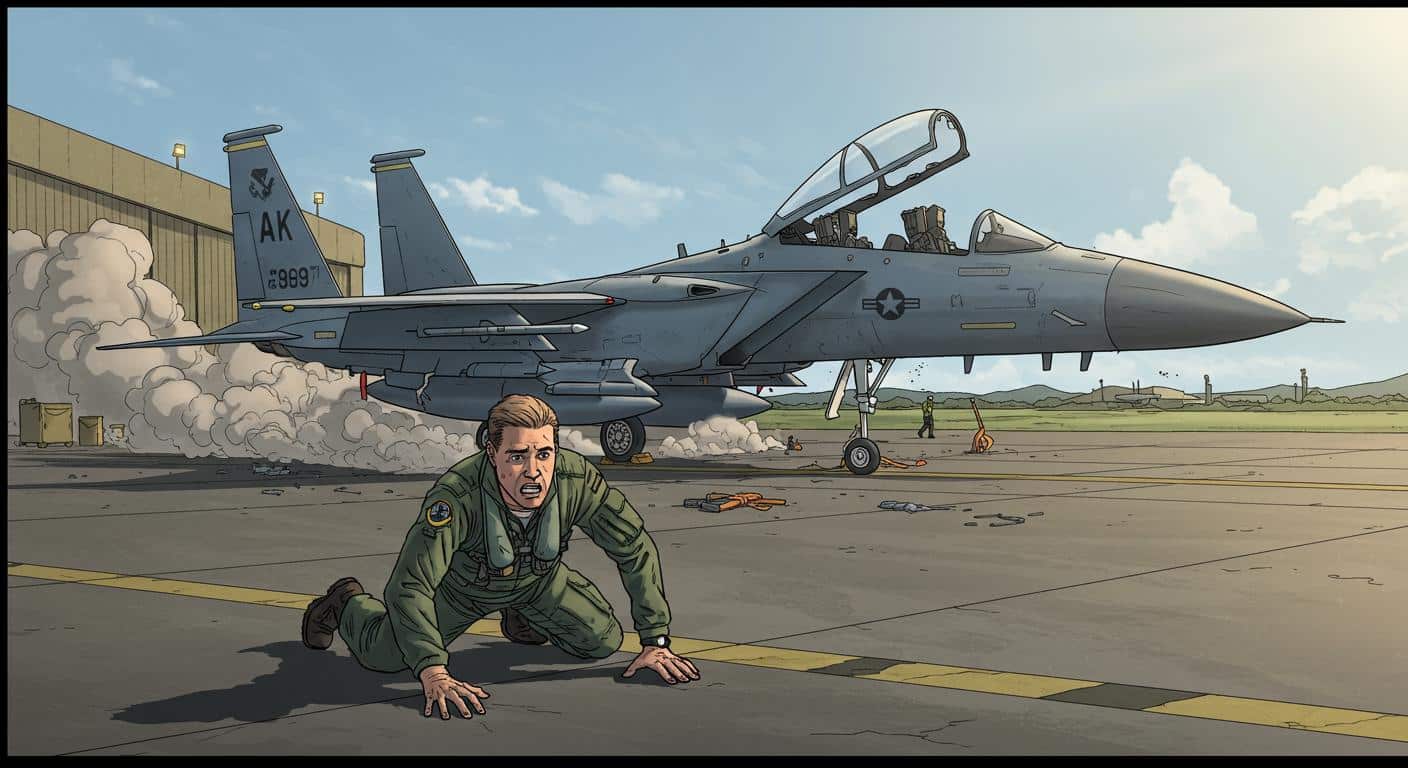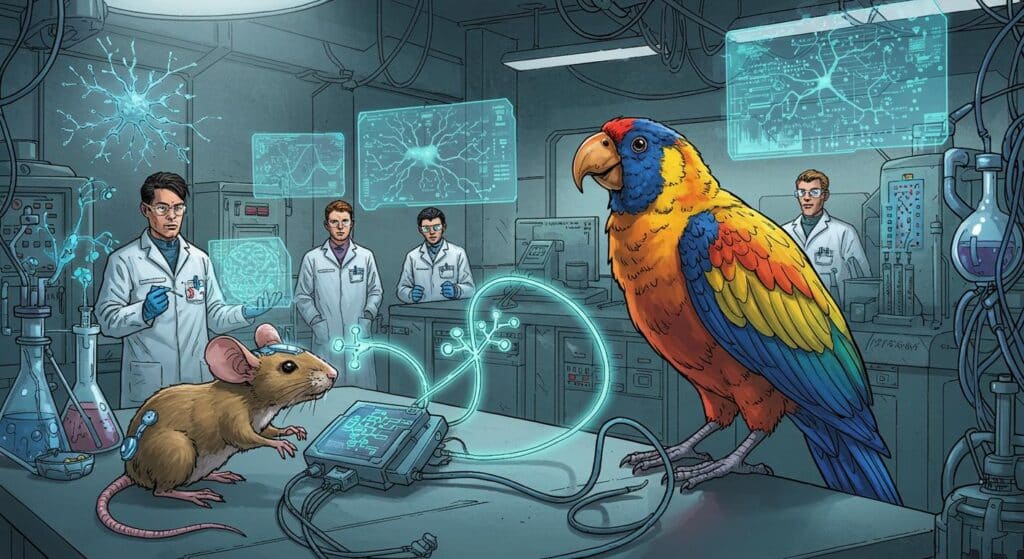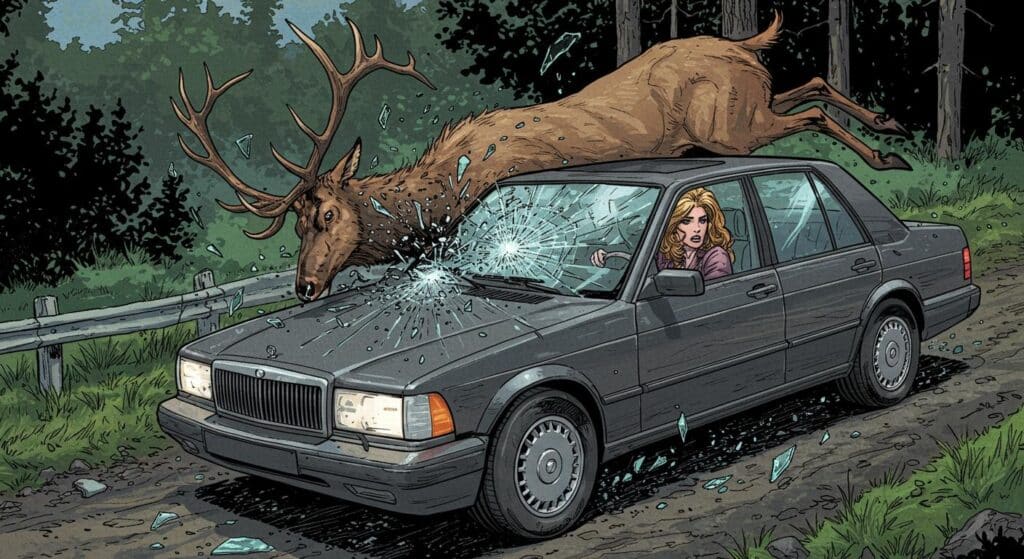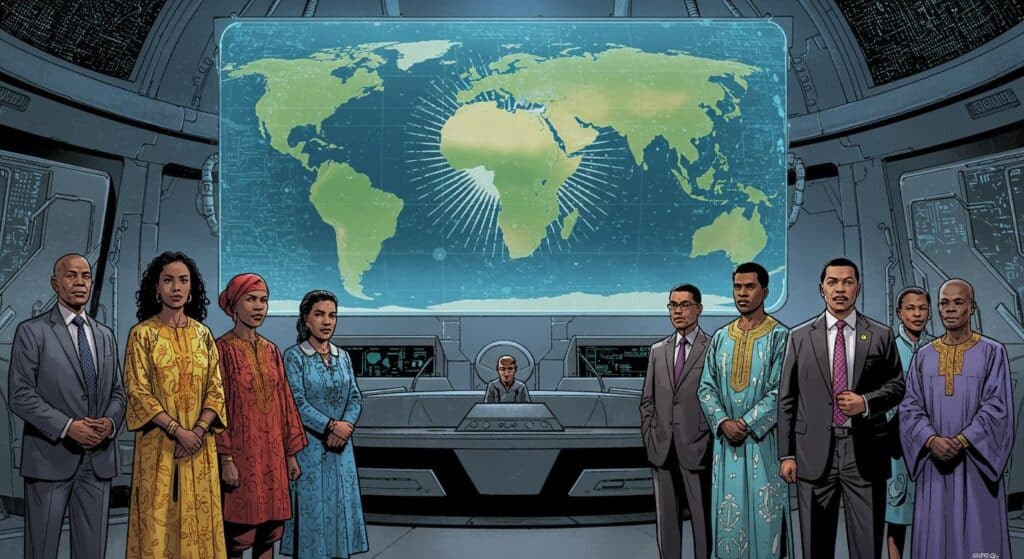There’s a standard operating procedure for leaving a fighter jet: wait until you’re parked, unbuckle, climb out with as much finesse as you can muster, and maybe toss a salute if anyone’s watching. Evidently, this is not the only way. At Barnes Air National Guard Base in Massachusetts, the backseat passenger in an F-15D Eagle recently managed to exit the jet mid-taxi—vertically—thanks to what The War Zone reports was an accidental ejection while the jet was still on the ground (The War Zone). The “zero-zero” seat did its job: the passenger was launched, parachute and all, a few feet from the tarmac, presumably much to everyone’s surprise—including his own.
When Buttons Outwit the Best of Us
As described by The War Zone, video footage circulating on social media shows the F-15D rolling along with a telltale puff of smoke rising from the back seat, the canopy sitting askew on the wing, and a person—reportedly the ejected passenger—crawling next to a tangled parachute as the jet continues along, seemingly undisturbed by the drama behind it.
The incident seems to have unfolded during what is known in Air Force circles as an “incentive flight,” a sort of reward or morale booster occasionally offered to select individuals. While some social media accounts, including a post from the “Air Force amn/nco/snco” Facebook page, claim the backseater was a recruiting officer from the 104th Fighter Wing, The War Zone notes that this detail hasn’t been officially confirmed.
While the “zero-zero” ejection seat is famously forgiving—designed for emergencies at any altitude and airspeed—it was probably not intended as a novelty means of ground transport. In fact, the outlet also notes that the occasional accidental ground ejection has popped up in the annals of military aviation before, though it remains exceptionally rare. There’s a grim kind of reassurance in the fact that multi-million-dollar safety technology can be thwarted by the humble combination of human nervousness and a conveniently placed handle.
Is there an occupational hazard more unique than being spontaneously launched out of your workplace by your own hand? One wonders how many placards and preflight briefings warn, “Please avoid pulling this lever unless you’re actively on fire.”
After the Umbrella Ride: A Soft Landing for Dignity
In a statement cited by The War Zone, the 104th Fighter Wing confirmed that both crew members survived the mishap without injury. As a precaution, one service member (the ejected passenger) was taken to a nearby hospital for evaluation, while the pilot was released at the scene. With safety described as the “highest priority,” the Wing responded by halting all flight operations for 36 hours—a routine known as a safety standdown—while the incident was investigated and runway cleanup commenced. The names of those involved, per official protocol, remain withheld pending the outcome of a formal review.
It’s the kind of event that rarely stays private, especially when video and audio from the cockpit and air traffic control start making the rounds online. The War Zone highlights that someone, at some point, is likely facing a very detailed, very awkward debrief. At least, as the updating coverage points out, it resulted in no actual injuries—unless, perhaps, you count the lingering effects to one’s ego.
Machines, Miracles, and Unintentional Test Pilots
Every mechanism designed to rescue us from disaster offers its own brand of unintended comedy—if you’re lucky. As The War Zone recalls, accidental ejections might not be entirely unheard of, but the combination of post-flight relief morphing instantly into airborne confusion surely belongs in a hall of fame somewhere. High-tech fail-safes, layered with decades of protocol, are still at the mercy of a stray elbow or an ill-timed glance.
There’s something oddly grounding in the reminder that, no matter how advanced our hardware gets, the unique inventiveness of human error isn’t going anywhere. Will this lead to more elaborate training rituals, a new round of warning stickers in cockpits, or simply better stories told in break rooms for years to come? It makes you wonder just where the line falls between over-engineering and the irrepressible unpredictability of the human element.
After all, how many fighter jet passengers can claim to have put their emergency systems through a live-action zero-altitude test? And more to the point: how many incentives end in a hospital gown and a story you hope your colleagues never let you forget?







